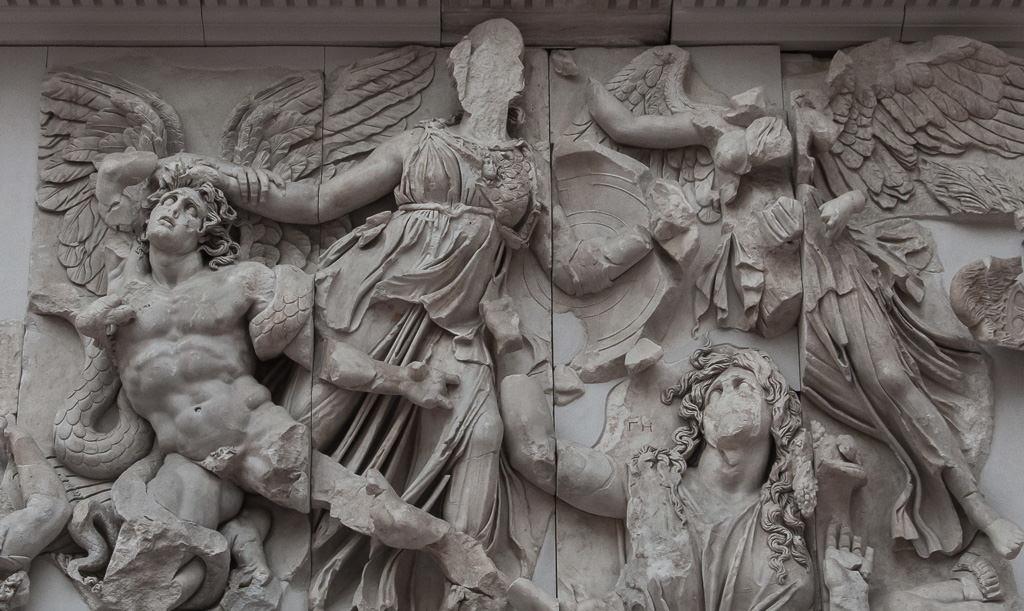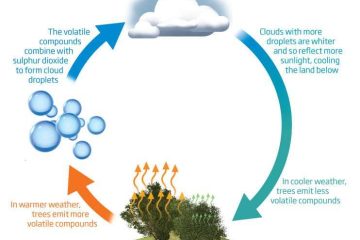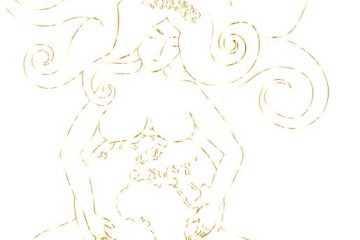In a world teeming with mysteries and marvels, the Gaia Hypothesis Theory emerges as a captivating glimpse into the interconnected fabric of life on our planet. Delving into the intricate web of relationships between living organisms and the Earth itself, this theory offers a unique perspective on the dynamic balance that sustains our delicate biosphere. Join us on a journey of discovery as we unravel the fascinating tapestry of Gaia, where Mother Earth emerges as a living, breathing entity intricately intertwined with all life forms. Let’s venture into the realms of Gaia, where science and wonder intertwine to reveal the profound mysteries of our interconnected world.
Table of Contents
- Understanding the Gaia Hypothesis: A Comprehensive Overview
- Exploring the Interconnectedness of Earth’s Ecosystems
- Implications of Gaia Theory on Environmental Conservation
- Practical Steps to Embrace Gaia Hypothesis in Daily Life
- Q&A
- Final Thoughts
Understanding the Gaia Hypothesis: A Comprehensive Overview
The Gaia Hypothesis proposes that the Earth functions as a single, self-regulating system where living organisms and their inorganic surroundings interact to maintain the conditions necessary for life. This fascinating concept suggests that the Earth is akin to a living organism, with feedback loops that help stabilize the environment. Key points related to the Gaia Hypothesis include:
- The Earth’s atmosphere, oceans, and ecosystems work together to regulate temperature and chemical composition.
- This theory challenges the traditional view of the Earth as a passive environment by suggesting that it actively maintains conditions conducive to life.
Moreover, proponents of the Gaia Hypothesis argue that life on Earth has influenced its own evolution by shaping the environment in ways that support biodiversity and ecological balance. Some interesting aspects of the Gaia Hypothesis are:
- The idea that the Earth’s various systems are interconnected and interdependent.
- The implications of viewing the Earth as a holistic and self-regulating entity with life playing a crucial role in maintaining environmental stability.

Exploring the Interconnectedness of Earth’s Ecosystems
The delicate balance of nature’s web intricately weaves all living beings together in an intricate dance of life. From the towering trees of the Amazon rainforest to the microscopic organisms in the depths of the ocean, every organism plays a vital role in sustaining the interconnectedness of Earth’s ecosystems. Biodiversity, climate, and geography all converge to shape the web of life in ways both seen and unseen.
As we delve into the depths of the Gaia Hypothesis, we uncover the idea that Earth is a single living organism where all elements, living and non-living, interact to maintain the conditions necessary for life. This holistic view invites us to consider the Earth as a self-regulating system, where feedback mechanisms ensure the stability and resilience of the planet. The intricate balance between flora and fauna, the exchange of gases in the atmosphere, and the flow of energy through food webs all contribute to the harmonious functioning of Earth’s interconnected ecosystems.
Implications of Gaia Theory on Environmental Conservation
Gaia theory proposes a fascinating perspective on the interconnectedness of ecosystems and the Earth as a self-regulating organism. By viewing our planet as a living, dynamic entity, we are prompted to rethink our approach to environmental conservation. Understanding the implications of Gaia theory can inspire innovative strategies for preserving biodiversity and fostering sustainability.
Key Points:
- Holistic Approach: Embracing Gaia theory encourages a holistic approach to environmental conservation, emphasizing the delicate balance between species and their habitats.
- Interconnected Systems: Recognizing the interdependence of all living organisms and their environments underscores the importance of preserving ecosystem integrity.
- Resilience and Adaptation: Gaia theory highlights the resilience and adaptive capacity of Earth’s systems, offering insights into how we can support natural processes to mitigate environmental challenges.
In considering the efforts, we are prompted to explore collaborative frameworks that prioritize the health and vitality of our planet. By integrating this paradigm shift into our conservation strategies, we can move towards a more harmonious coexistence with nature, fostering a sustainable future for generations to come.
Benefits of Gaia Theory in Environmental Conservation:
| Benefits | Description |
|————————|———————————————————————|
| Biodiversity Preservation | Gaia theory underscores the importance of preserving biodiversity for ecosystem resilience. |
| Ecological Restoration | Understanding Earth as a self-regulating system can inform effective ecological restoration practices. |
| Sustainability Strategies | By aligning conservation practices with Gaia theory, we can develop sustainable strategies that respect the interconnectedness of nature. |
Practical Steps to Embrace Gaia Hypothesis in Daily Life
Embracing the Gaia Hypothesis in our daily lives can lead us to a deeper connection with nature and a greater sense of environmental stewardship. One practical step is to spend time in nature regularly, whether it’s a walk in the park, a hike in the wilderness, or simply sitting under a tree. By immersing ourselves in the natural world, we can experience firsthand the interconnectedness of all living beings.
Another way to embody the Gaia Hypothesis is to reduce our ecological footprint through conscious consumption habits. This includes minimizing waste, choosing sustainable products, and supporting local eco-friendly initiatives. By making small but impactful changes in our daily routines, we can contribute to the well-being of the planet as a whole. Below is a simple table showcasing some practical tips to incorporate the Gaia Hypothesis into your lifestyle:
| Practical Steps to Embrace Gaia Hypothesis |
|---|
| 1. Spend time in nature regularly |
| 2. Reduce ecological footprint through conscious consumption |
| 3. Support local eco-friendly initiatives |
A: The Gaia Hypothesis Theory, proposed by scientist James Lovelock in the 1970s, suggests that the Earth functions as a self-regulating system. It views the planet as a complex organism where living organisms, the atmosphere, and the surface interact to maintain conditions suitable for life.
Q: How does the Gaia Hypothesis Theory relate to environmental sustainability?
A: The Gaia Hypothesis Theory emphasizes the interconnectedness of all living and non-living components of the Earth. This interconnectedness highlights the importance of maintaining balance and harmony within the ecosystem to ensure long-term environmental sustainability.
Q: What are some criticisms of the Gaia Hypothesis Theory?
A: Critics of the Gaia Hypothesis Theory argue that it anthropomorphizes the Earth and attributes conscious intentions to natural processes. Some scientists also question the extent of self-regulation within the Earth system as proposed by the theory.
Q: How has the Gaia Hypothesis Theory influenced environmental thought and research?
A: The Gaia Hypothesis Theory has inspired further research into Earth systems and the ways in which organisms interact with their environment. It has also contributed to a greater awareness of the fragility of the planet and the need for responsible stewardship of natural resources.
Final Thoughts
As we delve into the captivating realms of the Gaia Hypothesis theory, it becomes apparent that the intricate web of interconnectedness between life forms and their environment is nothing short of awe-inspiring. This theory prompts us to reflect on our place within the intricate tapestry of the Earth’s biosphere and encourages a deeper appreciation for the delicate balance that sustains life as we know it. May our exploration of Gaia’s mysteries inspire us to tread lightly upon this planet, fostering a harmonious relationship with nature for generations to come. Embrace the wisdom that Gaia whispers through the rustling leaves, the flowing rivers, and the buzzing bees, for in her gentle whispers lie the secrets to a flourishing world. Let us carry forth the spirit of Gaia in our hearts and actions, nurturing the Earth as she has nurtured us, as we journey together through the wondrous dance of life.




0 Comments